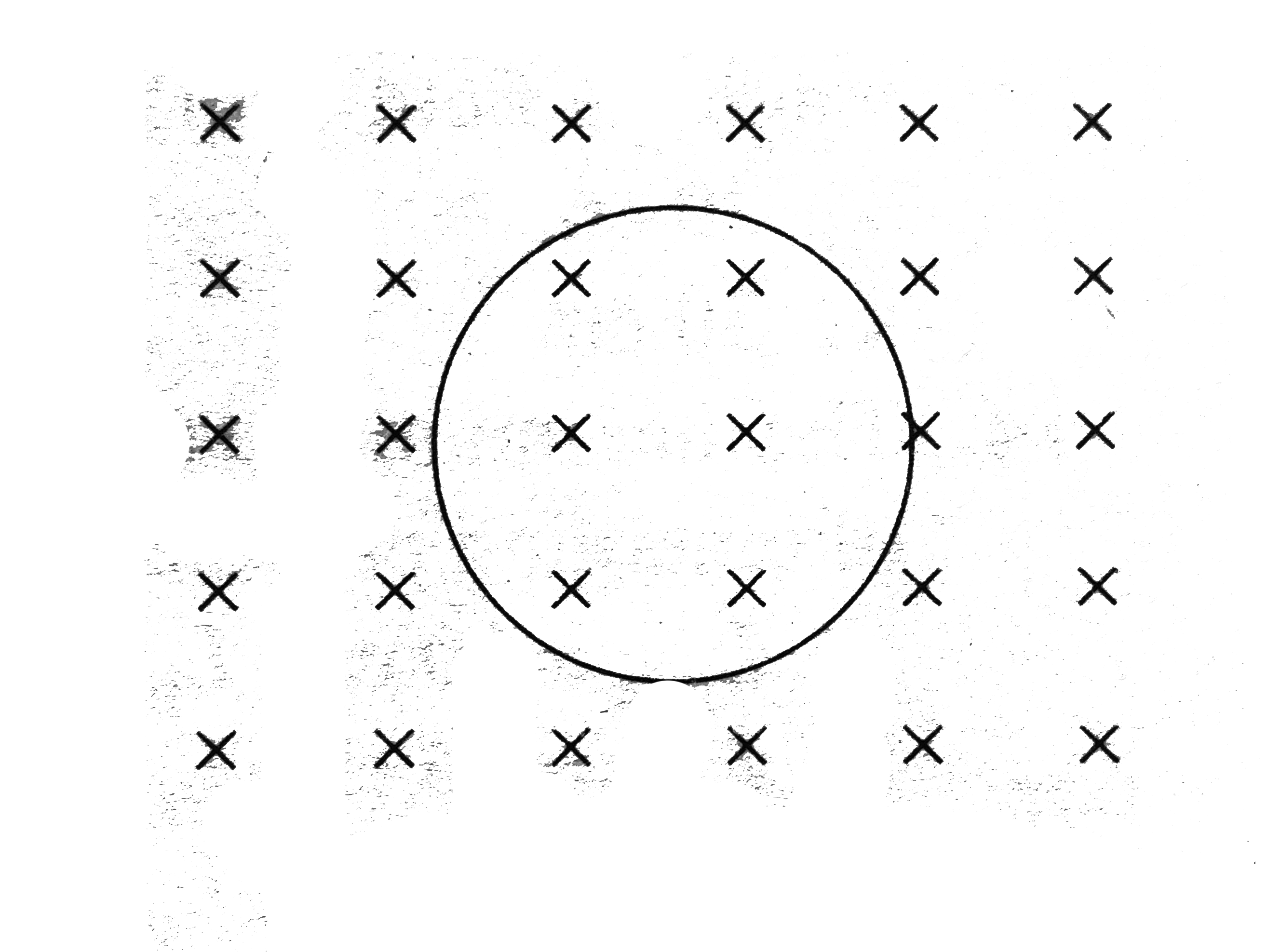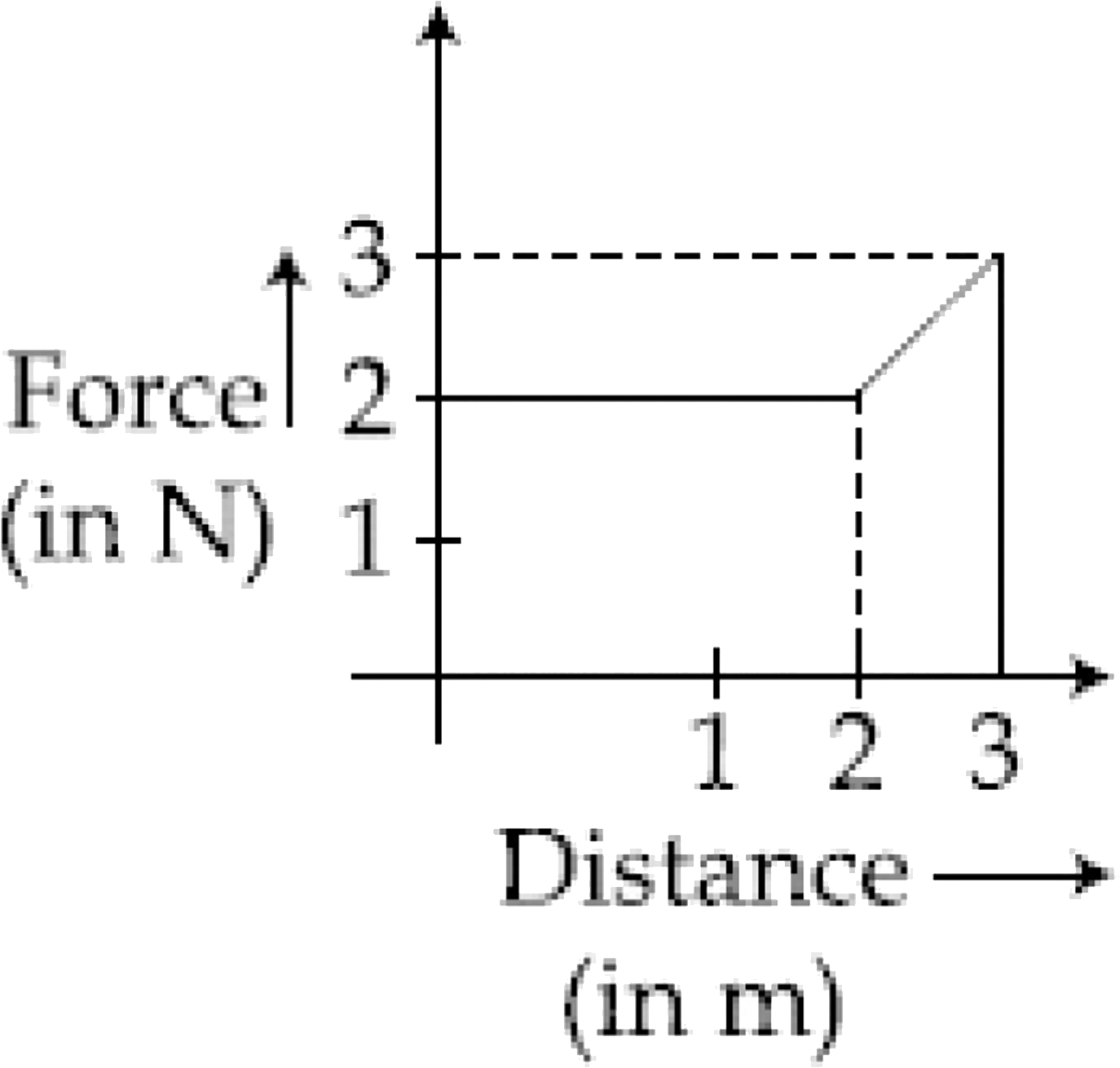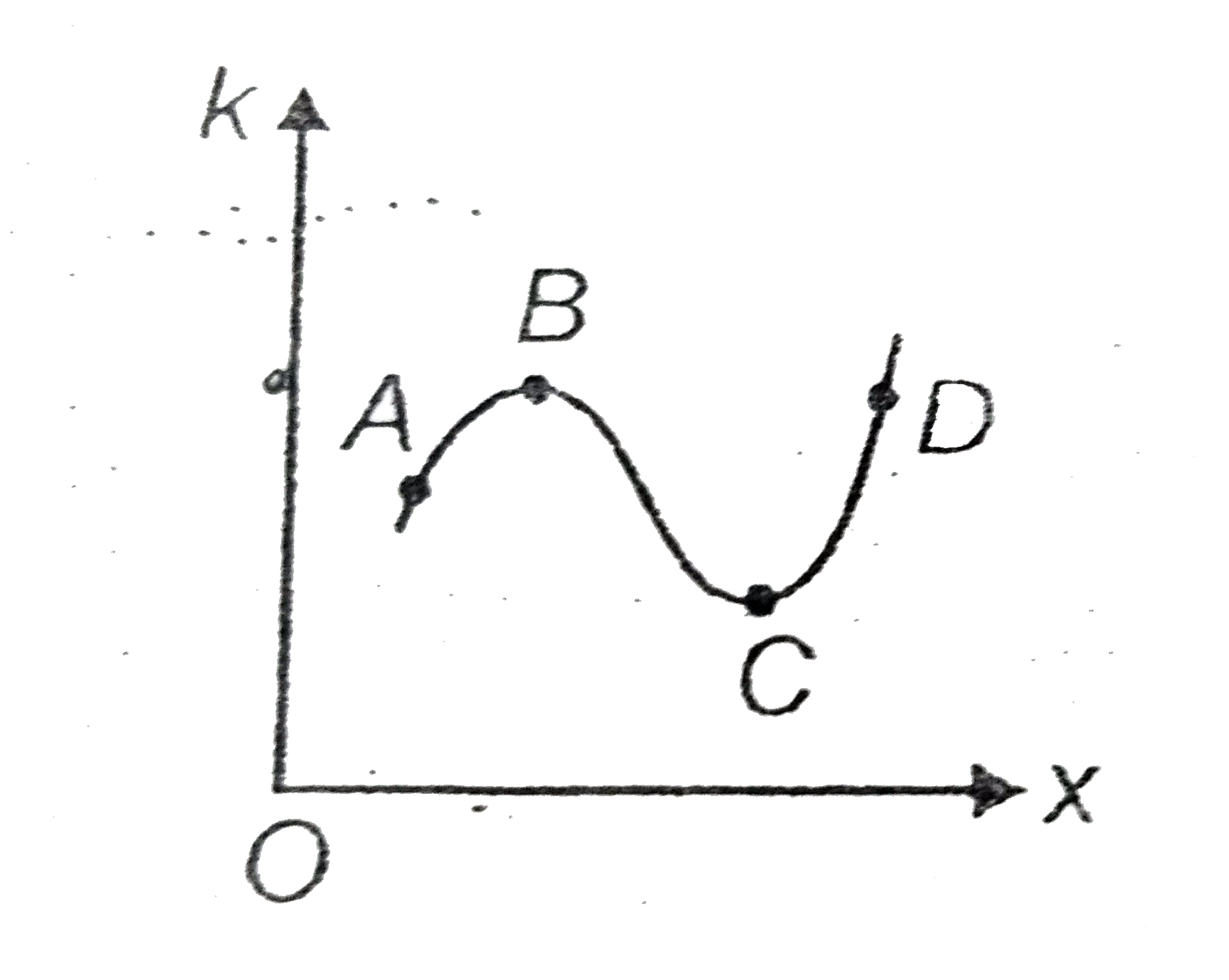An electron and a proton are moving under the influence of mutual forces. In calculating the change in the kinetic energy of the system during motion, one ignores the magnetic force of one on another. This is because,
the two magnetic forces are equal and opposite so they produce no net effect.
the magnetic forces do no work on each particle
the magnetic forces do equal and opposite (but non-zero) work on each particle.
the magnetic forces are necessarily negligible.
The correct Answer is:B
As the magnetic forces due to motion of electron and proton act in a direction perpendicular to the direction of motion, no work is done by these forces That is why one ignores the magnetic force of one particle on another
Topper's Solved these Questions
- WORK , ENERGY AND POWERBOOK - NCERT FINGERTPS ENGLISHCHAPTER - WORK , ENERGY AND POWEREXERCISE - ASSERTION & REASON
15 Videos
- WORK , ENERGY AND POWERBOOK - NCERT FINGERTPS ENGLISHCHAPTER - WORK , ENERGY AND POWEREXERCISE - Motion Of Work And Kinetic Energy : The Work-Energy Theorem
4 Videos
- WORK , ENERGY AND POWERBOOK - NCERT FINGERTPS ENGLISHCHAPTER - WORK , ENERGY AND POWEREXERCISE - Assertion And Reason
15 Videos
- WAVESBOOK - NCERT FINGERTPS ENGLISHCHAPTER - WAVESEXERCISE - Assertion And Reason
15 Videos
Similar Questions
Assertion: Internal forces cannot change linear momentum.
Reason: Internal forces can change the kinetic energy of a system.
View SolutionA : Internal forces can change the kinetic energy but not the momentum of the system.
R : The net internal force on a system is always zero.
View SolutionA particle is moving under the influence of a force which is fixed in magnitude and acting at an angle θ in the direction of motion. The path described by the particle is
View SolutionThere is no change in the energy of a charged particle moving in a magnetic field although a magnetic force is acting on it . True/False.
View SolutionAn electron and a proton are moving with the same kinetic energy along the same direction, When they pass through a uniform magnetic field perpendicular to the direction of their motion, they describe circular path of the same radius. Is this statement true or false?
View SolutionStatement 1: A charged particle is moving in a circular path under the action of a uniform magnetic field as shown in Fig. During motion kinetic energy of charged particle is costant.
Statement 2: During the motion, magnetic force acting on the particle is perpendicular to instantaneous velocity.

View SolutionA long cylindrical wire carries a positive charge of linear density 2.0 x 10^(-8) C m^(-1). An electron revolves around it in a circular path under the influence of the attractive electrostatic force. Find the kinetic energy of the electron. Note that it is independent of the radius.
View SolutionA particle moves in one dimension from rest under the influence of a force that varies with the distance travelled by the particle as shown in the figure. The kinetic energy of the particle after it has travelled 3m is:

View SolutionFor a particle moving under the action of a variable force, kinetic energy (k) varsus position (x) graph is given, then

View SolutionFor a particle moving under the action of a variable force, kinetic energy (k) versus position (x) graph is given, then

View Solution
